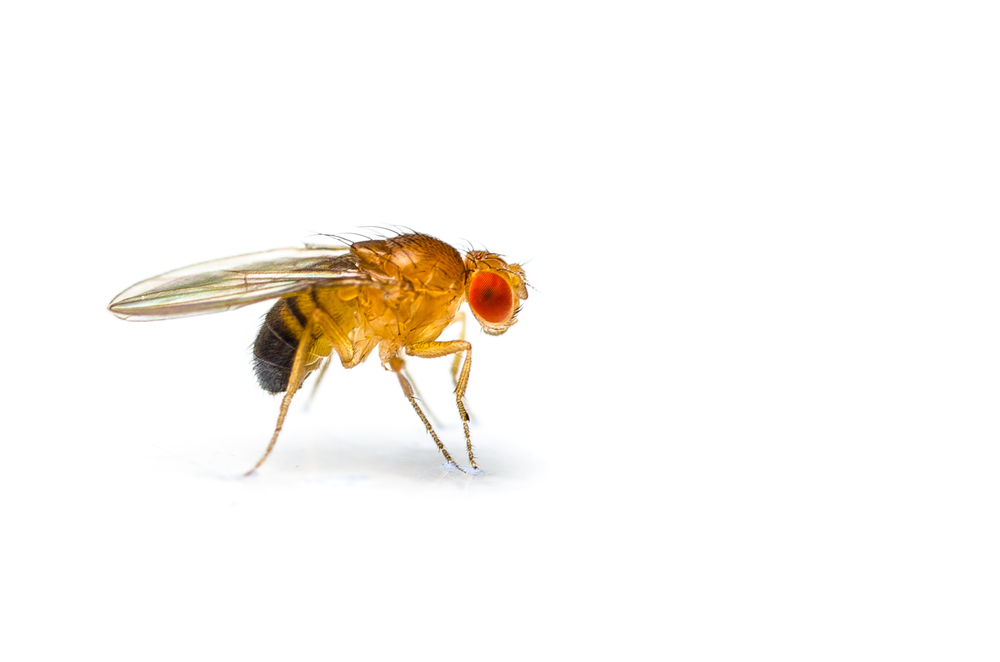
Joint HDBuzz Prizewinner: Pennies for your neurons — copper’s bad influence on Huntington’s disease
There is copper in your brain! Check out how copper and the Huntington’s disease protein are partners in crime.
Copper, the metal, may play a role in worsening the symptoms of Huntington’s disease. Bing Zhou and his team looked for connections between HD and the amount of copper in neurons. They report that reducing copper in neurons or keeping it from binding to the HD protein improves symptoms.
This article was the joint winner of the 2013 HDBuzz Prize for Young Science Writers. Congratulations to Terry Jo Bichell of Vanderbilt University on her success.
Copper and HD

It is hard to imagine that a metal would have anything to do with Huntington’s disease, but actually every cell in the brain needs metal to function. Tiny metal particles, called ions, carry electrical charges, and electricity is the currency of neurons. The brain needs metals like an economy needs money. And copper, among other metals like iron and manganese, is saved and spent differently in Huntington’s disease brains.
For one thing, copper collects in abnormally high amounts in HD brains, especially in the striatum, which is the part of the brain that is affected earliest in HD. Copper also increases aggregates, those globs of protein that show up in HD and Alzheimer’s disease. In addition, fans of HDBuzz know about PBT2, a new drug in the early phase of clinical trials as a treatment for HD. PBT2 acts by keeping copper from sticking to the huntingtin protein, that is made by the mutant HD gene, and it reduces the toxic effects of aggregates. A new paper from the team of Bing Xhou, of Tsinghua University, China, reports on experiments that help explain these connections between copper and HD.
Copper is an essential nutrient, like other vitamins and minerals, and it is found in a variety of foods, from oysters to pumpkin seeds. It would be unhealthy to mess with copper in the human diet, so to study copper in HD, the researchers used genetically engineered fruit flies.
Why flies?
There are lots of great reasons to use fruit flies for research. Flies eat fly chow, so it is easy to change the recipe to add ingredients like copper. It is also faster to alter genes in a fly than in mice. Most importantly, fruit flies get symptoms similar to those of Huntington’s disease when they have a mutation in the HD gene. Like people, flies with the HD mutation have more copper deposits in their heads, and they also develop aggregates in their brains.
The Zhou team used two different Huntington’s disease model flies to compare the human and fly HD genes. One of them had its HD gene replaced with a mutant human HD gene. The other fly had the HD mutation inserted directly into the fly HD gene. Both of these flies developed symptoms of ‘fly HD’, including shorter lifespan and movement difficulties. These symptoms changed when copper was kept in or out of their neurons.
Transporter proteins
“So it wasn’t the copper or HD mutation alone that caused symptoms – it was both of them working together!”
How does copper get into and out of neurons? Neurons, like all cells, have proteins that serve as gatekeepers, called transporters. Transporters often act like doormen at a party, allowing partygoers with the right invitation to enter, while blocking the door to everyone else. Transporters can also kick out unwanted customers. To understand the effect of copper on HD, the researchers identified one transporter that brings copper into neurons and another that kicks copper out. Then they used genetic tools like keys to lock or unlock all the copper entrances and exits, one by one.
When Zhou’s team increased copper inside neurons by locking the exits or opening more entrances, HD symptoms got worse. When they decreased the entry transporter, or increased the exit transporter, the symptoms got better. In other words, boarding up the neuron’s entrances to copper so it can’t get in, or building extra exits so the copper quickly departs, improved the symptoms caused by the HD mutation.
How does copper cause problems?
Kicking copper out of the brain sounds like a good way to treat HD, but it is tricky, because cells need just the right amount of copper to be healthy. In fact, when the exit transporter was increased, it helped the HD flies with the human gene live longer, but it also caused them to have more abnormal movements. There’s no free lunch.
Perhaps the bad influence of copper on mutant HD has something to do with aggregates. If you put a bunch of HD protein fragments in a dish and add copper, they form more of the pesky globs. To investigate the influence of copper on aggregates in HD, the Zhou team used another fly with a glowing green protein attached to the HD protein. As these flies age, there are more glowing green spots visible under a microscope, meaning that more aggregates are forming. But, when the copper was ushered out of the neurons (by blocking entrances or increasing exits), fewer aggregates formed! And when copper was forced to stay inside neurons (by blocking the exits), aggregates increased.
Partners in crime?
So it seemed like the huntingtin protein might be the actual doorman, turning the doorknob on the copper entrances and exits. Nope. Nothing with HD is ever simple, and it turned out Zhou’s team couldn’t find any evidence that the HD protein directly controlled the copper transporters. They were never caught physically holding hands, so to speak. On the other hand, there could be a direct criminal relationship between copper and the HD protein. Previous research showed that copper binds to two spots on the first chunk of the HD protein. Suspiciously, that is the same part of the protein made by the HD mutation.

Perhaps the mutant HD protein needs a copper accomplice to do its dirty work. To investigate this idea, the authors created yet another fly, neutralizing the two copper binding sites near the HD mutation. It’s as if they eliminated copper’s two seats on a plane. Without a place to sit, copper can’t catch a ride on the HD protein. Sure enough, with the copper binding sites blocked, the fly lived longer, even with the HD mutation! So, the point is that it wasn’t the copper alone, nor the HD mutation alone that caused symptoms – it was the HD mutation and the copper working together!
To push this idea to the limit, the Zhou team blocked copper transporters in the fly with the neutralized copper binding sites. This time, when they pushed extra copper in or out of neurons, there was no change in HD symptoms and no increase in aggregates. In other words, copper needs to stick directly to the mutant HD protein to worsen symptoms.
What does this mean for patients?
Let’s not forget that this is a study of flies, not people. This work can’t tell us directly about Huntington’s disease in humans. But it can give us clues.
In case you’re wondering whether Zhou’s report means that people with HD should avoid copper in their diets, remember that humans need copper to be healthy, so excluding copper from your diet is not the right thing to do.
What this study suggests is that copper has a bad influence on the HD mutation. These results help to explain why PBT2 might be a good medication to test in Huntington’s disease. Maybe other drugs can be designed to block the copper entrances into neurons, or keep copper and mutant HD apart.
One key to HD might be made of copper!
Learn more
Sources & References
For more information about our disclosure policy see our FAQ…


